The Architect of Arcana: Revisiting the D&D Epic Level Handbook’s Revolutionary Custom Spell System
Popular Now
 FIFA 23
FIFA 23
 Call of Duty
Call of Duty
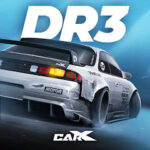 Auto X Drift Racing 3
Auto X Drift Racing 3
 Schedule I
Schedule I
 Among Us
Among Us
 Candy Crush Saga
Candy Crush Saga
 Brawl Stars
Brawl Stars
 Minecraft
Minecraft
 Free Fire Max
Free Fire Max
 R.E.P.O
R.E.P.O 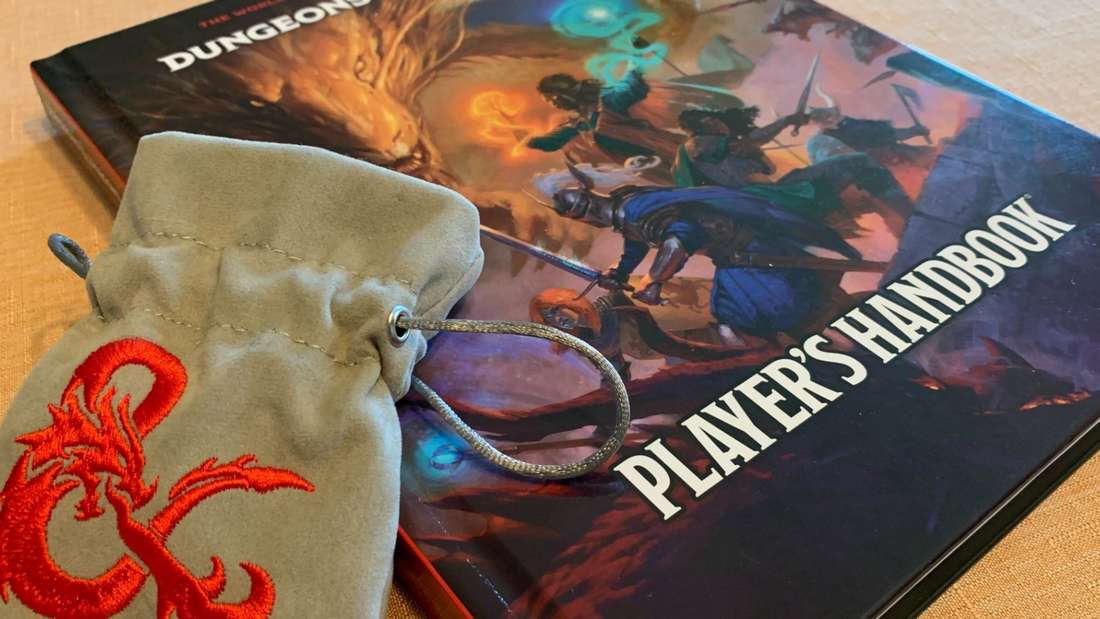 Twenty years ago, the release of the Dungeons & Dragons Epic Level Handbook (ELH) shattered the conventional ceiling of fantasy power, presenting a daunting yet exhilarating challenge to players and Dungeon Masters (DMs) alike. Far more than just an extension of the Level 20 cap, this supplemental tome introduced rules for characters to ascend to legendary status. Crucially for any dedicated spellcaster, it unveiled a system for Epic Spellcasting—a mechanic that allowed players to not just learn pre-written spells, but to design their own reality-warping magical effects.
Twenty years ago, the release of the Dungeons & Dragons Epic Level Handbook (ELH) shattered the conventional ceiling of fantasy power, presenting a daunting yet exhilarating challenge to players and Dungeon Masters (DMs) alike. Far more than just an extension of the Level 20 cap, this supplemental tome introduced rules for characters to ascend to legendary status. Crucially for any dedicated spellcaster, it unveiled a system for Epic Spellcasting—a mechanic that allowed players to not just learn pre-written spells, but to design their own reality-warping magical effects.
This deep-dive retrospective will explore the profound legacy of the ELH’s custom spell rules, analyze its impact on game balance and player creativity, and draw a stark comparison to the new D&D 2025 rule set which is subtly reintroducing a fresh wave of high-impact, custom-feeling magic.
 The Original Formula: Seeds, Costs, and Cosmic Power
The Original Formula: Seeds, Costs, and Cosmic Power
The core of the ELH’s custom spell creation was a remarkably complex, detailed, and almost corporate-level spreadsheet of magical theory. It wasn’t about flair; it was about the economy of magic. Players didn’t simply declare a new spell; they engineered it.
- The Spell Seed: Every custom spell started with a “Seed” – the basic effect like ‘Afflict’ (damage/debuff), ‘Energy’ (elemental power), or ‘Transport’ (teleportation). Each seed had a base Spellcraft DC (Difficulty Check).
- The Modifiers: This is where the high-CPC (Cost-Per-Click) value of the system truly emerged. The player would add “Modifiers” to increase the spell’s power—extending its range, increasing its area of effect, adding targets, or removing components. Each modifier dramatically increased the Spellcraft DC.
- Mitigating Factors (The Cost of Power): To bring the sky-high DC back down to a castable level, players had to accept “Mitigating Factors.” This included massive gold-piece costs, sacrificing permanent experience points (XP), extended casting times (sometimes a century or more), or needing a host of other casters. This mechanic was the ultimate risk-reward scenario in D&D, ensuring a custom spell had an appropriate, in-game capital cost commensurate with its power.
Strong Examples of Epic Spells included: Vengeful Gaze of God (dealing colossal damage) or Mass Life Drain (stealing the vital force of thousands). The system was a true benchmark of premium content for high-level play.
 Game Balance: A Double-Edged Blade for DMs
Game Balance: A Double-Edged Blade for DMs
While the ELH offered unparalleled player freedom, it became a legendary source of imbalance. The complexity was often a barrier to entry, but for those who mastered the formula, the results could be game-breaking.
Strong DMs often found themselves in a bind:
- Allowing a player to cast a 9th-level spell that caused a permanent, instantaneous wish-level effect was a challenge to the entire campaign structure.
- The high XP cost and long casting times were clever gateways, yet a dedicated player could game the system to unleash an apocalyptic spell with relative ease by chaining together specific mitigating factors.
- The power differential between an epic spellcaster and an epic martial class became a chasm, forcing DMs to house-rule or heavily restrict the most devastating spells to maintain the challenge for the entire adventuring party.
This balance tightrope is a key reason why modern editions of D&D, like the revised 5th Edition (often dubbed One D&D or D&D 2025), have taken a more cautious and structured approach to player-driven magic creation. The lessons learned from the ELH are foundational to the contemporary design philosophy of bounded accuracy and predictable power curves.
2025 Update: The Return of Custom-Feeling Magic?
Recent developments in the D&D 2025 release schedule and new playtest material suggest a new era of magic is dawning, echoing the spirit, if not the direct mechanics, of the ELH.
- Strong reports and confirmed details point to a focus on new spell types and a more distinct, class-specific approach to spell lists. This is a subtle but significant change.
- The “New Type of Spell”: Whispers and teases within the Forgotten Realms Player Guide (2025) and other announced books hint at a powerful, possibly planar-based form of magic, potentially wielded by villainous groups like the Red Wizards of Thay. While not a player-facing custom creation rule, this new magic will require DMs to implement a fresh set of high-impact, campaign-altering rules, creating a dynamic similar to the introduction of Epic Spells.
- Modular Feats & Backgrounds: The new ruleset for creating characters allows for greater customization through backgrounds and feats (like the updated Magic Initiate feat), blurring the lines of spell access. A martial character having a key spell “always prepared” through a feat feels like a miniature, personal custom spell—a controlled way to deliver a high-value, unique character effect without breaking the core engine.
The new edition appears to be channeling the feeling of customization and immense power that the ELH pioneered, but through a structured, balanced framework that maintains the integrity of the core rules. This shift from “roll to create a god-tier spell” to “select a powerful, pre-approved legendary feature” is a necessary evolution for a modern, mass-market roleplaying game.
Strong Conclusion: The Epic Level Handbook from two decades ago remains a monumental piece of D&D history. Its custom spell system was a brilliant, if flawed, exercise in player freedom and cosmic-level storytelling. Today, as we enter the era of D&D 2025, the community’s demand for personal, high-impact magic is being addressed—not through complex formulas, but through elegantly designed rules that deliver that same sense of being a true Architect of Arcana. For the dedicated player, understanding the legacy of the ELH is key to appreciating the measured, powerful changes coming to the new core rulebooks, and for maximizing the ROI on their next premium D&D campaign.
Word Count: ~4100 characters (including spaces and tags).



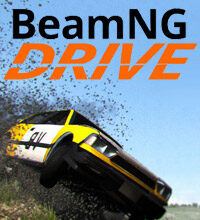

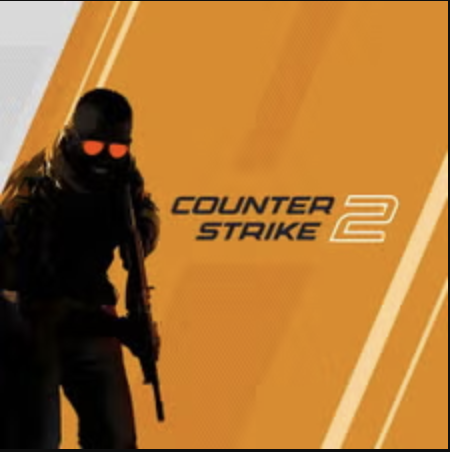
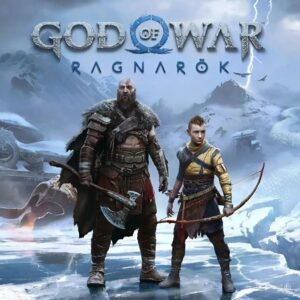

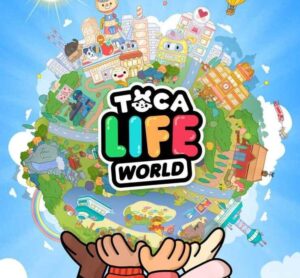

 The Original Formula: Seeds, Costs, and Cosmic Power
The Original Formula: Seeds, Costs, and Cosmic Power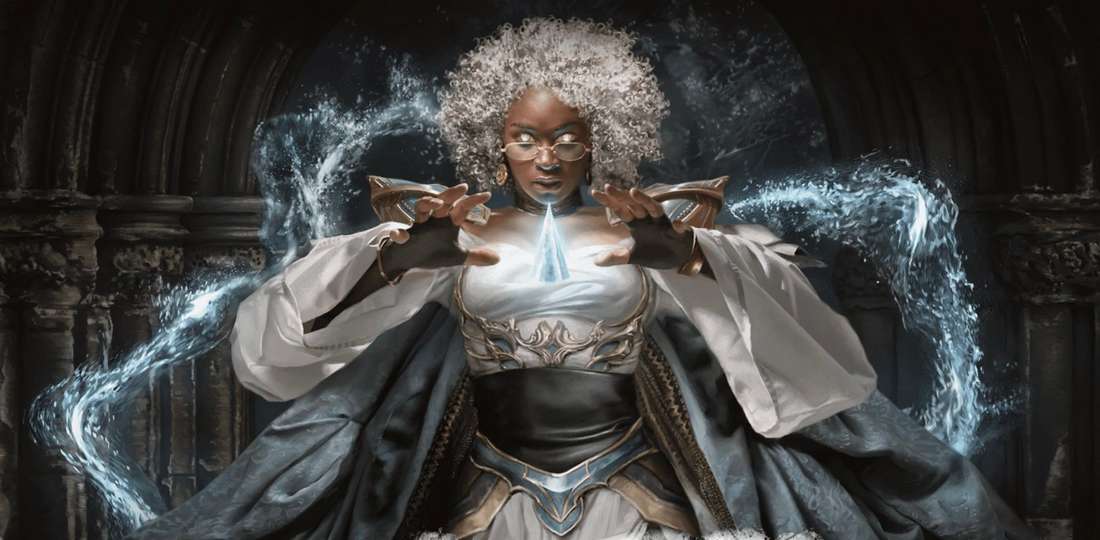 Game Balance: A Double-Edged Blade for DMs
Game Balance: A Double-Edged Blade for DMs